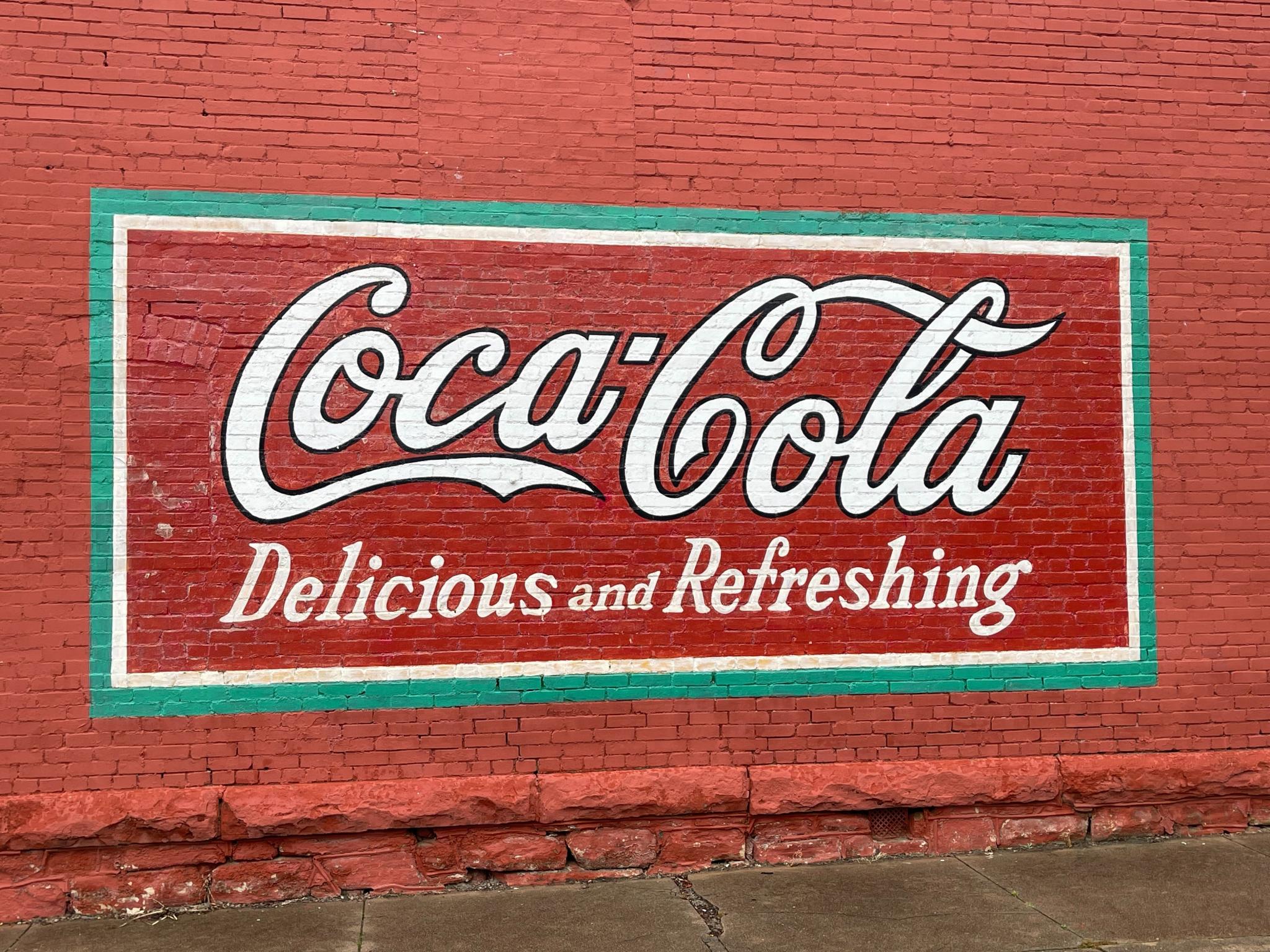
At 9:09 a.m. on Monday, Money Flow Mel (@MelStone31) posted an image to Twitter indicating institutions traded large blocks of Coca-Cola Company (NYSE:KO) over a dark pool exchange.
The Trades: At 7:34:24 a.m. an institution traded 573,572 shares of Coca-Cola at $61.59. The trade amounts to a $35.33-million bet on the company.
At press time, Coca-Cola was trading about 0.83% higher but on lower-than-average volume, which put the trader into the green if the dark block was a purchase of shares.
The trade could also be a bet on Coca-Cola's earnings results, which are expected to print before the market opens on Tuesday. Analysts expect Coca-Cola to print earnings per share of 67 cents on revenues of 10.54 billion.
When Coca-Cola printed its first-quarter earnings on April 25, the stock gapped up 2.7% the following day but ran into a group of sellers, who caused the stock to close that session just over 1% higher before entering into a downtrend over the days that followed. For that quarter, Coca-Cola printed a big beat, reporting earnings per share of 59 cents on revenues of 10.54 billion.
What Are Dark Pools? Dark pools (or black pools), named for the lack of transparency, are private, alternative trading systems, which allow institutional traders to buy and sell large amounts of stock anonymously and therefore without affecting movements in the market.
These exchanges were developed in the 1980s and as of February 2022, 64 dark pools were registered with the Securities and Exchange Commission.
The Controversy: The existence of dark pools hit the public psyche in early 2021, when GameStop Corporation (NYSE:GME) and AMC Entertainment Holdings, Inc (NYSE:AMC) skyrocketed 1,041% and 624%, respectively, over the course of four days.
In January and February of that year, institutional ownership of GameStop shares was reported to be over 100% of the float, indicating more shares were being lent out than what was available. Naked shorting, which takes place primarily over dark pools, was blamed for the discrepancy, casting the existence of alternative exchanges into the spotlight.
See Also: Read Morgan Stanley's Take On Shifting Spending Patterns Amid Rising Inflation
Dark Pools And Retail Traders: Direct dark pool trading is reserved for institutional traders and investors, but after the meme-stock saga, retail traders became more aware of how to use data from the dark exchanges to guide their strategies. This resulted in several apps emerging to provide dark pool feeds.
Approximately 40% of all executed trades take place on dark pools, and when large blocks of individual stocks are bought or sold over these exchanges, retail traders can use the information to understand what “smart money” is doing. The difficulty with dark pool data, however, is that due to its inherent confidentiality, the trades give no indication as to whether an institution is buying or selling the stock.
For this reason, retail traders can watch dark pool data for above average trading volumes on an individual stock and cross-reference that information with option flow. If there are above average dark pool prints on a stock, paired with a high level of calls being purchased on the open market, it’s a good indication that institutions are buying over ATSs. Conversely, if large dark pool prints are followed by a large amount of open market put buying on the same stock, it can be assumed institutions are selling over ATSs.







